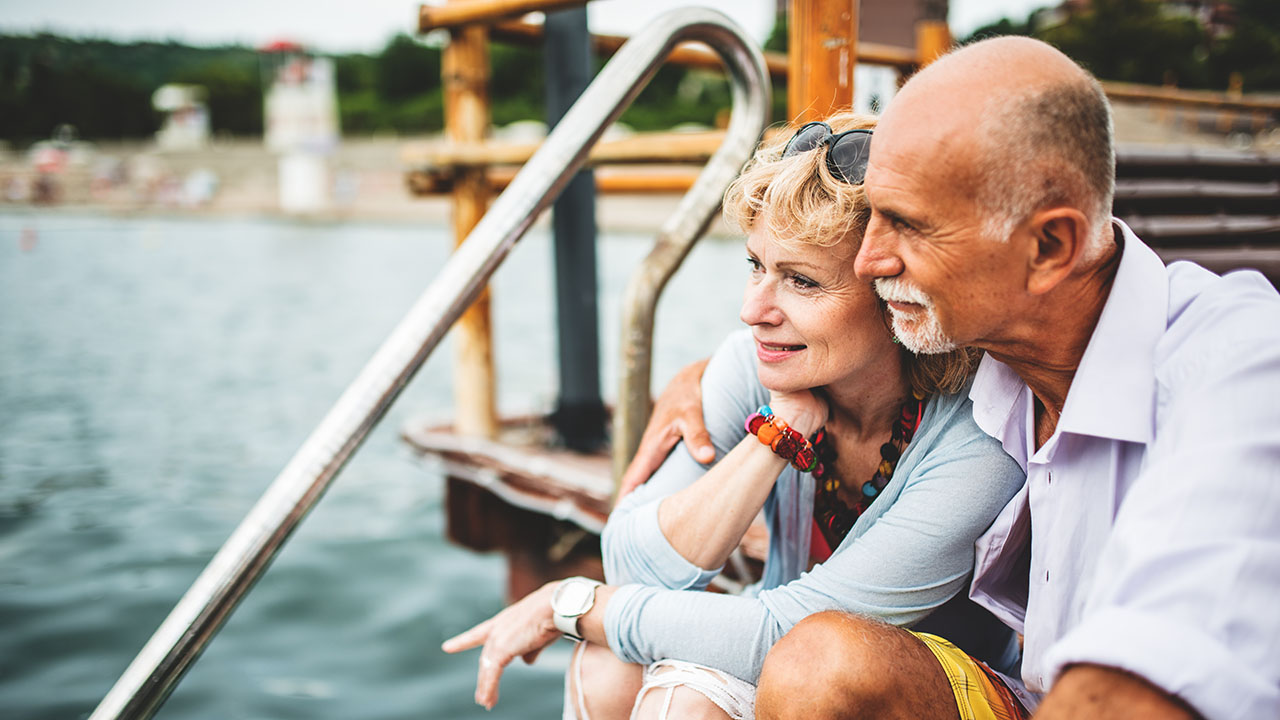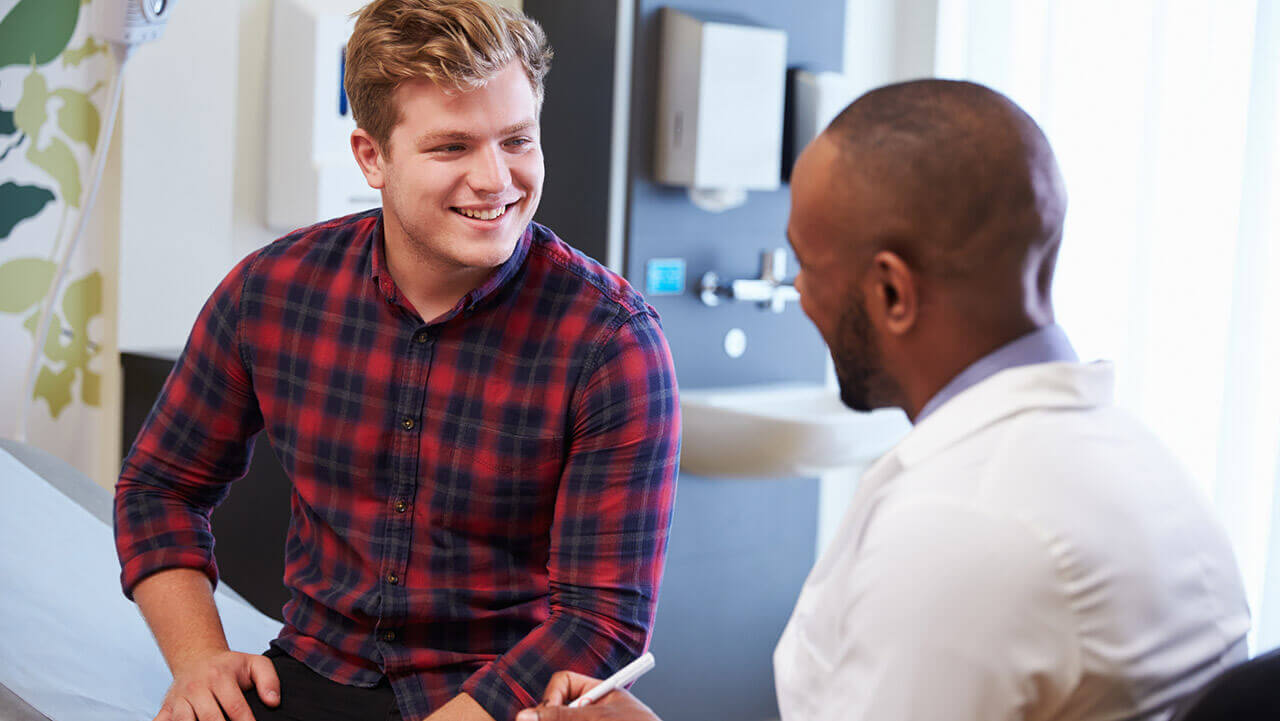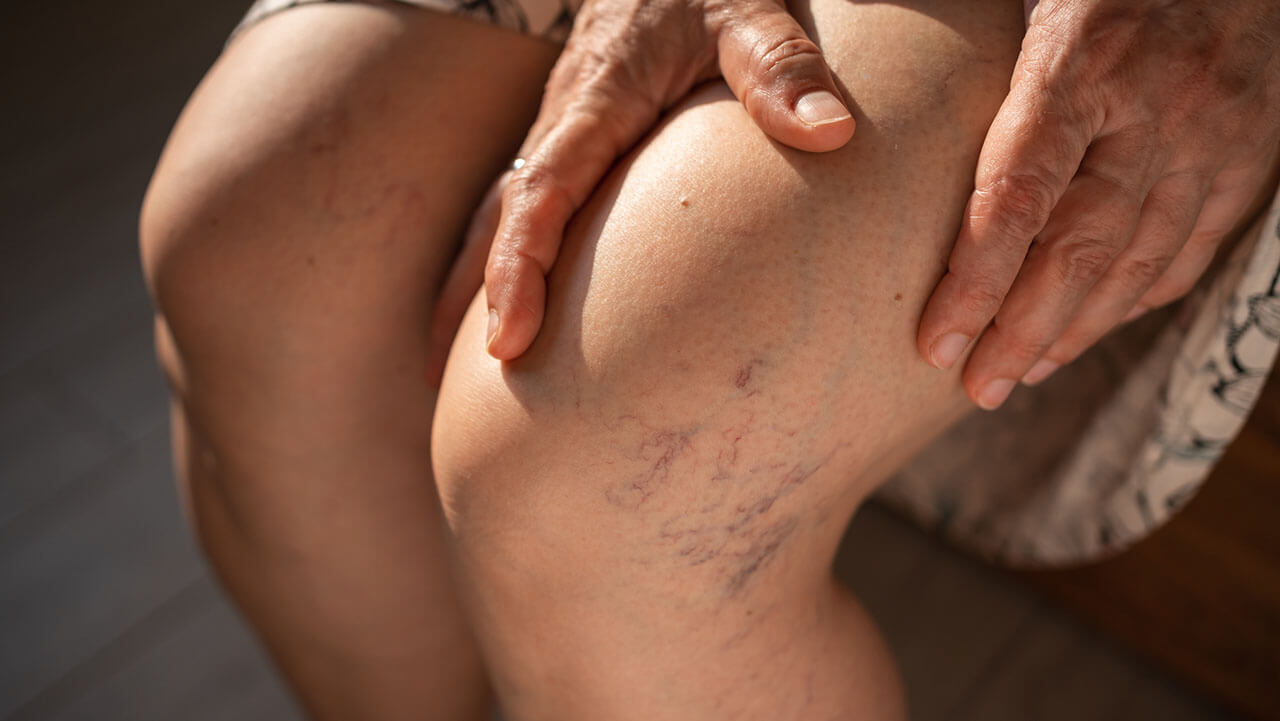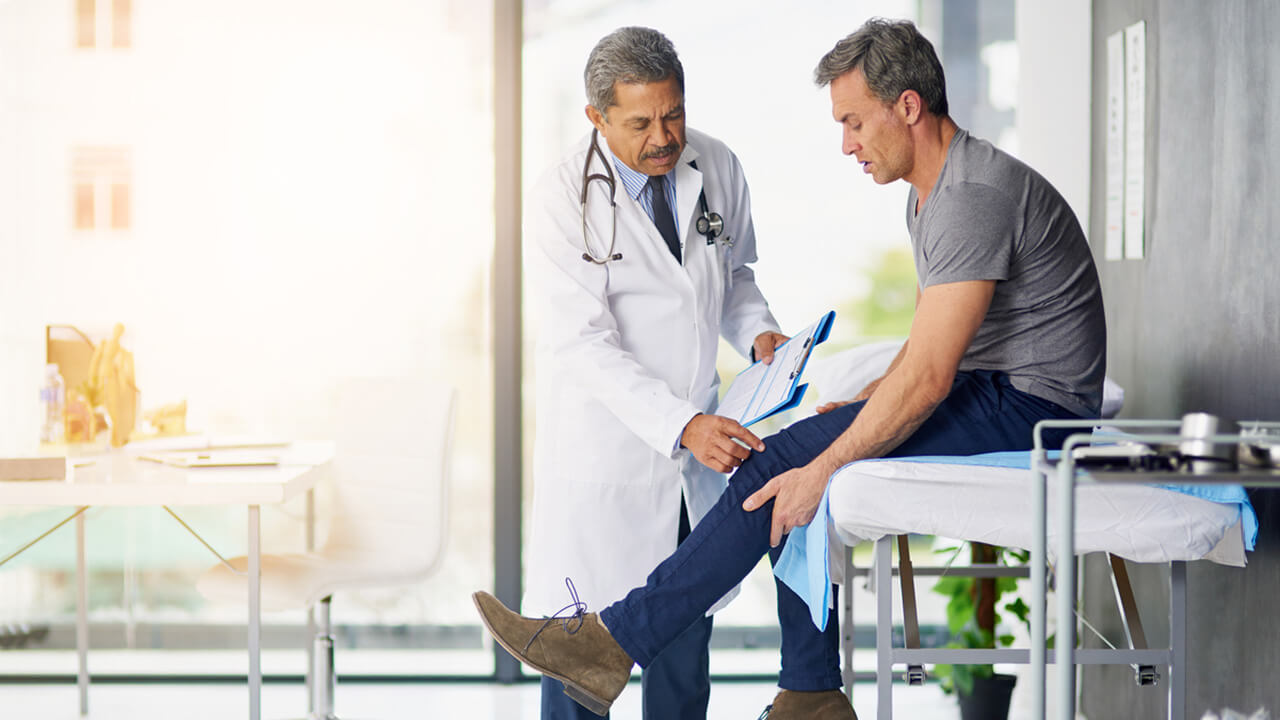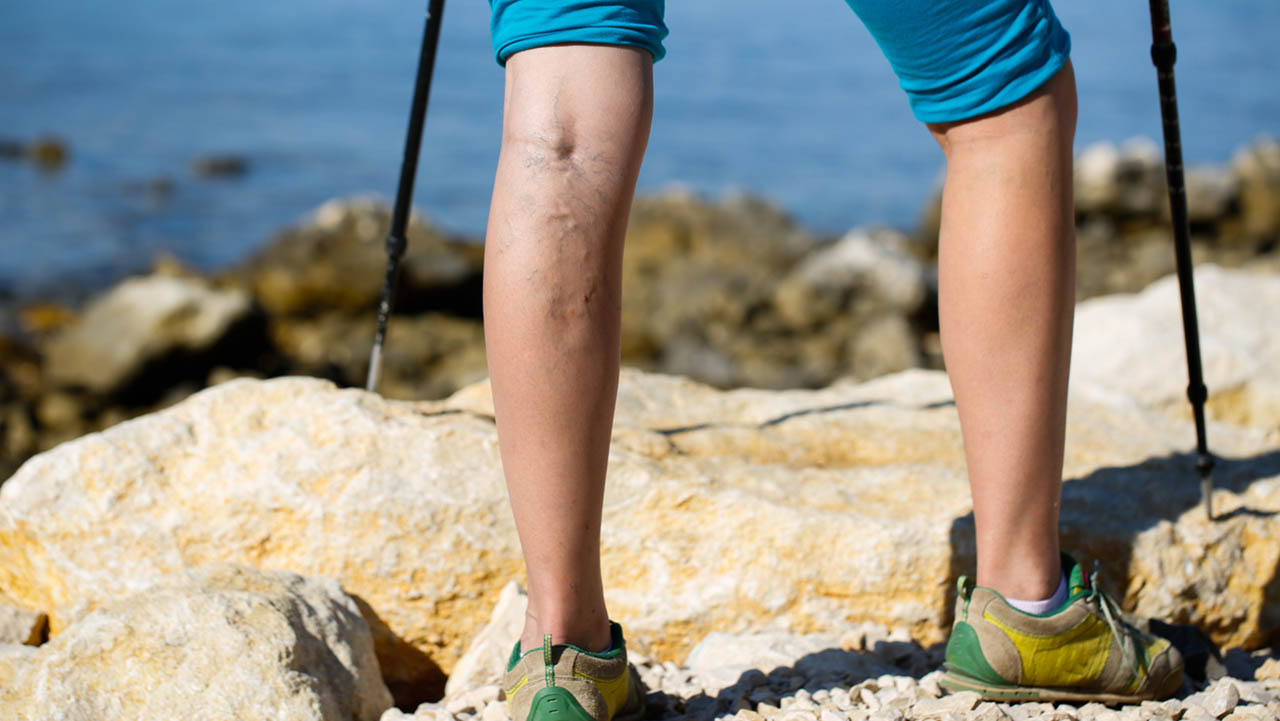

Varicose veins are twisted enlarged veins that are visible just beneath the surface of the skin. Varicose veins can develop anywhere in the body but are most common on the calve or on the inside of the leg. Standing and walking increases the pressure on the veins in the lower body and blood pools in the veins causing them to enlarge.
For most people, varicose veins and spider veins – a mild form of varicose veins – are more of a cosmetic concern than medical. For others, varicose veins can cause aching pain, discomfort, skin ulcers, itchy skin or blood clots. Having varicose veins may place you at higher risk for other circulatory disorders.
Other risk factors are controllable such as routine exercise, weight management, and a heart-healthy diet.
If treatments do not work, surgical intervention may be recommended. Our surgeons use a variety of minimally invasive or traditional surgical techniques to close or remove the veins.
Sclerotherapy is used to treat smaller varicose and spider veins. A needle is used to inject the vein with a liquid that causes the vein to close.
Microsclerotherapy is similar to Sclerotherapy but is used to treat even smaller varicose and spider veins. A very fine needle is used to inject small amounts of liquid in the vein to cause the vein to close.
Endovenous ablation therapy uses a tiny skin incision to insert a small catheter (tube) in to the vein. A laser or radio wave is also utilized to create heat which will close the vein.
Endoscopic Vein Surgery is used in severe cases. A tiny camera at the end of a thin tube is moved through the vein. A surgical instrument at the end of the camera is used to close the vein.
Ambulatory phlebectomy removes small varicose veins that are close to the skin’s surface. The veins are removed through small incisions in the skin.
Vein Stripping and Ligation is for severe cases of varicose veins. The veins are tied shut (ligation) and removed (stripping) through small incisions.
Each treatment option has its own benefits and risks. Our vascular surgeons work with each patient to determine the best treatment option for their situation. Talk to a provider today to schedule an appointment or get more information.
For most people, varicose veins and spider veins – a mild form of varicose veins – are more of a cosmetic concern than medical. For others, varicose veins can cause aching pain, discomfort, skin ulcers, itchy skin or blood clots. Having varicose veins may place you at higher risk for other circulatory disorders.
Risk Factors
Some of the risk factors associated with varicose veins are not controllable. Females are more likely than males to develop varicose veins due to hormone fluctuations. Pregnant woman may develop varicose veins due to the increased blood volume needed to support the baby and decreased circulation to the legs and pelvis. People with a family history of varicose veins are also at higher risk for development of varicose veins as are people between the ages 30 and 70.Other risk factors are controllable such as routine exercise, weight management, and a heart-healthy diet.
Treatment Options
Treatment for varicose veins includes lifestyle modification such as routine exercise, weight loss, heart healthy diet, elevating the legs and an active daily routine. Compression socks can also be worn to help relieve some of the pressure to the lower extremities.If treatments do not work, surgical intervention may be recommended. Our surgeons use a variety of minimally invasive or traditional surgical techniques to close or remove the veins.
Sclerotherapy is used to treat smaller varicose and spider veins. A needle is used to inject the vein with a liquid that causes the vein to close.
Microsclerotherapy is similar to Sclerotherapy but is used to treat even smaller varicose and spider veins. A very fine needle is used to inject small amounts of liquid in the vein to cause the vein to close.
Endovenous ablation therapy uses a tiny skin incision to insert a small catheter (tube) in to the vein. A laser or radio wave is also utilized to create heat which will close the vein.
Endoscopic Vein Surgery is used in severe cases. A tiny camera at the end of a thin tube is moved through the vein. A surgical instrument at the end of the camera is used to close the vein.
Ambulatory phlebectomy removes small varicose veins that are close to the skin’s surface. The veins are removed through small incisions in the skin.
Vein Stripping and Ligation is for severe cases of varicose veins. The veins are tied shut (ligation) and removed (stripping) through small incisions.
Each treatment option has its own benefits and risks. Our vascular surgeons work with each patient to determine the best treatment option for their situation. Talk to a provider today to schedule an appointment or get more information.
